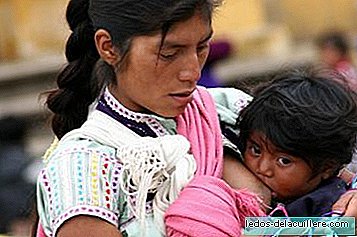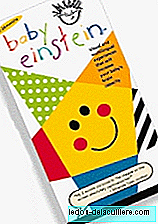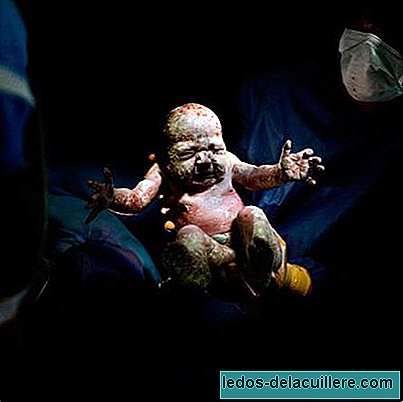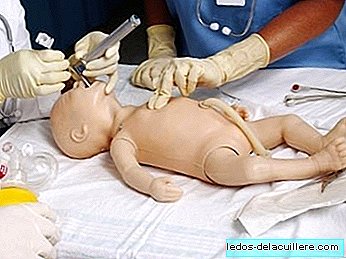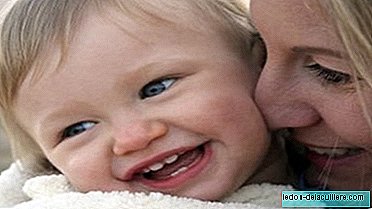
Recently I read in the book published by the ALE Association "Educate at home day by day" an article in which Roland Meighan was talked about, very interesting, explaining the way in which we truly learn. If this is true, and the truth is that my intuition and my experience as a mother and as an educator make me believe it, it would mean that it is necessary to change the ideas we have about the way we teach and teach our children. Talking and sharing is the best way to learn.
During the times of the year that spend more time with us is when we will be able to take advantage of natural learning, offering the child, whatever their age, environments and experiences appropriate to their development and that enhance their curiosity, free experimentation, Questions and conversations.
The hierarchy of learning ways
Dr. Roland Meighan has created the Learning Table and it explains in a very graphic way how efficient and effective the different learning and teaching systems are. His work is growing in students already in school but it is precisely the parents and educators of younger children who are sure that they realize that their experiences corroborate what is exposed.
The memorization that has more permanence is what we do when we teach something to someone and the one that is less effective is what we receive from the formal teaching in which someone gives a master class from their podium.
The data he exposes are these: Teaching others is recorded in the memory by 90%, the practice has a permanence of 75% and speaking in a discussion group on a subject causes 50% of the information to be memorized. This would undoubtedly point out that the best way to teach is to use collaboration between people, explaining each other things, putting them into practice and experience and talking about the different issues openly, each one contributing what they know or do not know.
Talking and sharing is the best way to learn.
No doubt with children you can see that it is true. A little one learns better if we talk to him by letting him participate, we do things with his hands and let him decide what interests him and excites him. Even if he shows us something he has learned to do, we know that he will never forget it, or when they teach it to a little brother. As I said, Talking and sharing is the best way to learn.
The potential of children is enormous, they only need adult attention and freedom of experimentation within adequate limits to develop them. Because being free, even on vacation, is not to have no limits, but to be able to exercise freedom within a safe environment that does not condition each of your movements according to adult needs.
That is, children need to get stained, run, scream, jump, climb, experiment with food, get wet, see animals and plants, touch many objects of different materials, ask about everything around them freely and knowing that they will be heard, but that is only possible if we adapt the environment to the nature of the child. It is not easy, especially for those of us who live in cities or are very conditioned by the schedules, but the ideal is that Children can enjoy safe spaces and environments in which to be children.
Free and chosen learning
Roland Meigan also maintains that the learning that is carried out in a compulsory and obligatory way, without the “invitation” of the student, is much less effective. The most effective learning is free and chosen by the student.
Applying this idea to young children, if we look closely at our children who are still enormously free and able to reject us if they are not interested in what we want to teach them, we will see that it is true. For each child, it is time to learn something and then he will learn it at lightning speed, but if we insist on teaching him something that does not interest him or is not prepared to assimilate, everything will be in vain.
In the Meighan Learning Chart the minor memorization values correspond, in descending order to the demonstration, the audiovisual, the reading and the formal teaching. I found it very interesting and quite true, completely in line with what I have experienced in my whole life as a student, educator and mother. Children learn for their own interest, sharing, talking with us and with each other much more than sitting at a desk or using a book, because that learning is erased and the experience stays forever. Creativity is essential in true learning.
Conclusion
All this can be applied to many educational fields, but in which we are interested as parents concerned about the best possible education for our children, the conclusion would be: help them learn by sharing their interests, curiosity and offering conversations and time. Nothing leaves more mark. Talking and sharing is the best way to learn..




